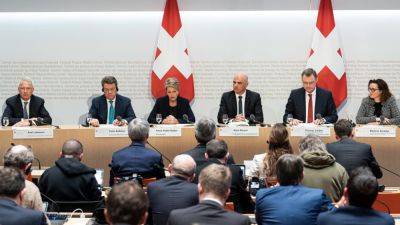ERC-4437 Promised an Ethereum Revolution—Adoption Figures Tell a Different Story
Data from November 14 shows that ERC-4437 has failed to gain meaningful traction among Ethereum developers and users in the months since its launch.
When ERC-4437 was unveiled in March 2023, many in the Ethereum community were optimistic that these so-called “smart accounts” would alter user experiences on Ethereum-compatible blockchains for the better. By allowing assets to be controlled by smart contracts rather than externally owned accounts (EOAs), ERC-4437 was supposed to make transactions easier and more secure for everyday users.
According to figures from BundleBear, an account abstraction data analytics platform, both usage and retention of these smart accounts have been underwhelming so far. Only 6.89% of initial smart accounts created have remained active for over six months. The average ERC-4437-enabled account has also only conducted five transactions in total.
The poor user engagement comes despite ERC-4437’s touted benefits of bypassing seed phrases and simplifying transactions. The standard was designed specifically to make Ethereum more user-friendly, but its sluggish pickup indicates those user experience goals have not yet materialized.
In addition, core infrastructure providers enabling the functionality have struggled to turn a profit. Bundlers, which allow smart accounts to operate on EVM chains, are largely running at a loss, even with some users accidentally overpaying gas fees.
Retention is terrible.
The one exception to this is CyberConnect, who had a lot of users return to claim an airdrop.
Data: @0xBundleBear pic.twitter.com/TUzQQJYcp8
— John Rising (@johnrising_) November 13, 2023
Looking at the data, ERC-4437 advocate John Rising described the adoption figures as “terrible.” After its enthusiastic
Read more on cryptonews.com




















